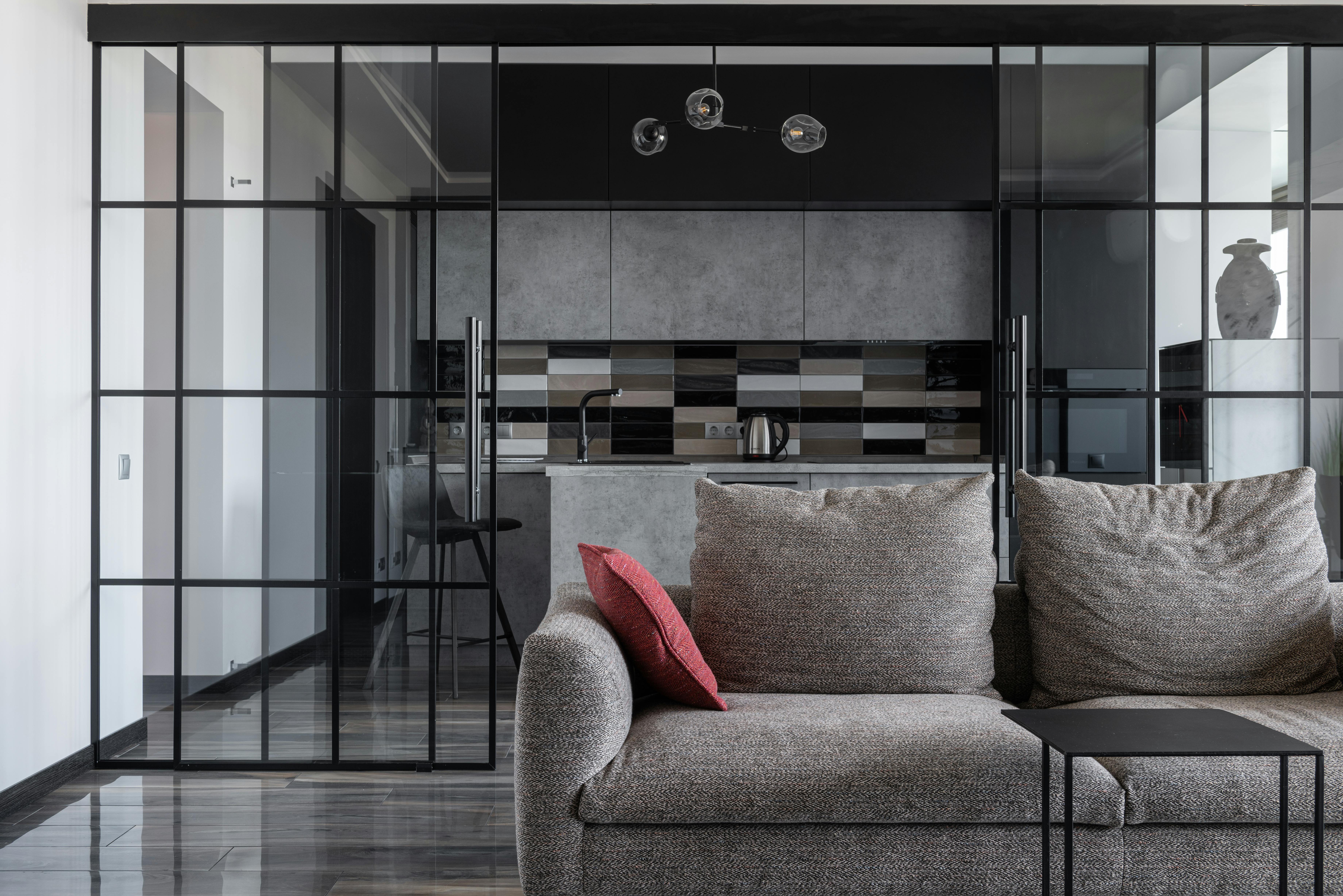Choosing the Right Alarm Clock: Time, Tech, and Security
An alarm clock is more than a noisy box by your bedside — it’s a daily tool that manages time, supports routines, and increasingly ties into broader home technology and security systems. Whether you prefer a simple analog alarm, a feature-rich digital bedside hub, or a vibration-based wakeup for heavy sleepers, understanding how alarm clocks work and what features matter will help you pick one that fits your schedule, sleep habits, and lifestyle.

Alarm: What does it do?
An alarm’s basic job is to alert you at a designated moment, but design and function vary widely. Traditional alarms trigger a bell or buzzer at a set time. Modern alarms add options like progressive volume, multiple alarms, weekday scheduling, and different sound profiles. Some also offer gentle wake methods — simulated sunrise light or vibration — to ease the transition from sleep. For people with hearing differences, visual or tactile alarms can provide effective alternatives to sound-based alerts.
Clock: How is time measured?
Clocks track and display time using a few established methods. Mechanical and quartz clocks rely on oscillations — a balance wheel or a quartz crystal — to keep consistent beats. Digital clocks use quartz oscillators and microcontrollers to translate those beats into readable hours and minutes. Radio-controlled or networked clocks synchronize with atomic time or internet time servers, improving long-term accuracy. Choosing a clock mechanism affects maintenance (batteries vs. mains power) and precision, so consider whether absolute accuracy or simple reliability is your priority.
Technology: What powers modern alarms?
Recent technology has transformed alarm clocks into multifunctional devices. Smart alarm clocks connect to Wi-Fi or Bluetooth, allowing smartphone control, streaming audio, and integration with voice assistants. Sleep-tracking features can suggest optimal wake windows based on movement, though their accuracy varies with sensor quality. Lighting technology, such as gradual LED sunrise simulations, can replace abrupt chimes for gentler mornings. When evaluating tech features, look at interoperability (does it work with your existing devices?), privacy settings (how is data handled?), and power options to ensure the device meets practical needs.
Security: Can alarms protect your home?
While bedside alarm clocks primarily wake people, some modern devices extend into home security ecosystems. Smart clocks that integrate with home automation can trigger routines — for example, arming security modes when you set an “away” alarm or displaying security camera feeds on a bedside screen. However, adding an alarm clock to a connected network introduces potential privacy and security considerations: ensure firmware updates are available, change default passwords, and review data-sharing policies. For robust home protection, clocks should complement dedicated security systems rather than replace them.
Time: How to schedule smarter wake-ups?
Effective wake-ups start with consistent timing and realistic goals. Use multiple alarms or gradual-schedule features for important mornings, and tailor alarm volume and tone to your sleep stage and environment. Time-based alarms can also support routines beyond waking — reminders for medication, work breaks, or timed relaxation sessions. For shift workers or those with irregular schedules, programmable multi-alarm settings and labeled alarms help avoid confusion. Pairing alarms with lighting cues and a predictable bedtime routine reinforces the body’s sense of time and can make mornings easier to manage.
Conclusion
Alarm clocks remain essential time-management tools, evolving from simple mechanical devices into connected hubs that influence sleep, routine, and even aspects of home security. When choosing an alarm clock, weigh accuracy (clock mechanism), user-friendly alarm features, relevant technology integrations, and any security or privacy implications. The right alarm clock aligns with your daily schedule, supports consistent timekeeping, and fits the level of technology you want in your bedroom environment.





